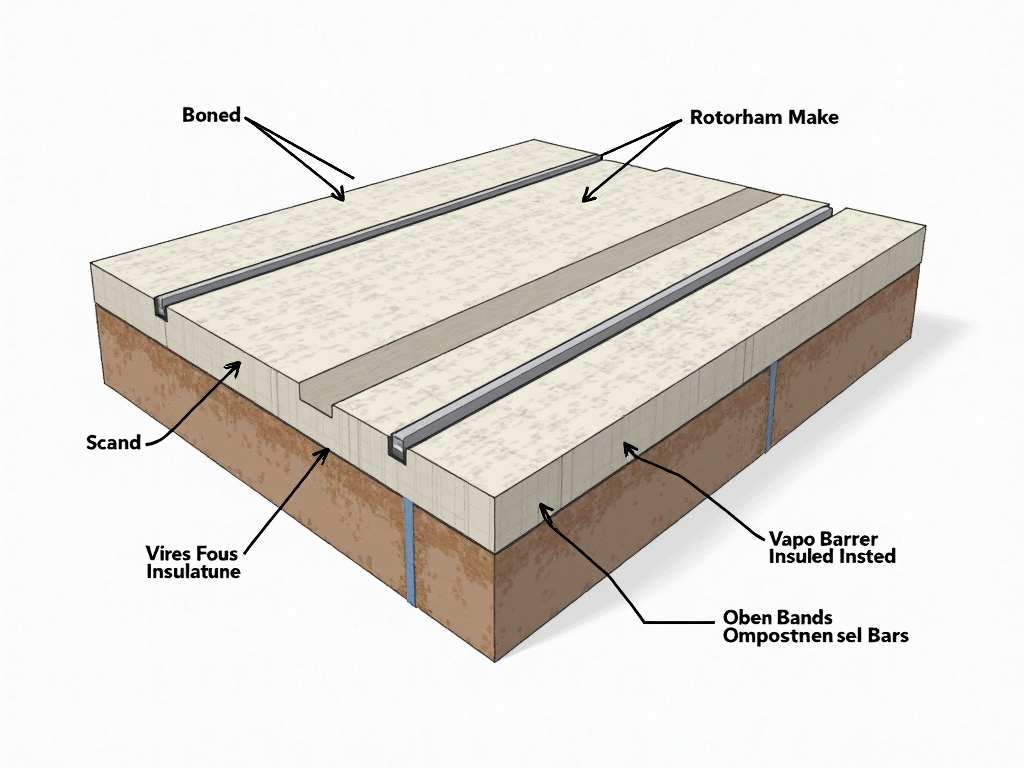Understanding the International Building Code for Foundation Design
The International Building Code (IBC) is a cornerstone of modern construction, setting the standards for safe and effective building practices. When it comes to foundation design, the IBC provides crucial guidelines that ensure structures are built on solid ground—literally. From soil investigation to material selection, understanding these codes is essential for architects, engineers, and builders alike. In this article, we’ll explore the key aspects of the IBC that relate to foundation design, offering insights and practical tips to help you navigate this complex but vital topic.
The IBC is more than just a set of rules; it’s a blueprint for safety and durability in construction. For foundation design, the code covers everything from the initial soil tests to the final inspection of the foundation itself. One of the first steps in any foundation project is understanding the soil conditions. The IBC requires a thorough geotechnical investigation to determine the soil’s bearing capacity, which is crucial for deciding the type and size of the foundation.
For instance, in areas with expansive clay soils, the code might necessitate deeper footings or special drainage systems to prevent the foundation from shifting. I recall a project where we had to redesign the foundation plan after discovering unexpected soil conditions. The IBC’s guidelines on soil classification and testing were invaluable in helping us make the right adjustments.
When it comes to foundation types, the IBC provides standards for various options, including slab foundations, crawl spaces, and basements. Slab foundations, in particular, are popular for their cost-effectiveness and simplicity. However, they must be designed to handle the loads imposed by the structure and resist environmental factors like frost heave. The code specifies minimum reinforcement requirements and concrete strength, ensuring that the slab can withstand both vertical and lateral loads.
In my experience, one of the most challenging aspects of foundation design is ensuring compliance with seismic provisions, especially in earthquake-prone regions. The IBC includes detailed requirements for foundation anchorage and reinforcement to enhance the structure’s ability to resist seismic forces. This might involve additional rebar or special anchoring systems, which can add complexity to the design process.
Another critical aspect of the IBC is its emphasis on sustainability and energy efficiency. For foundation design, this translates into requirements for insulation and moisture control, particularly in colder climates where frost protection is essential. Properly insulating a foundation not only improves energy efficiency but also prevents issues like frost heave, which can compromise the integrity of the structure.
Throughout the design process, it’s essential to work closely with local building officials to ensure that your foundation plans meet all applicable codes and standards. This collaboration can help identify potential issues early on and streamline the approval process.

Beyond the technical requirements, understanding the IBC for foundation design also involves appreciating the code’s role in promoting safety and resilience. Foundations are the unsung heroes of any building, bearing the weight of the entire structure and protecting it from the elements. By adhering to the IBC’s standards, we ensure that our buildings are not only structurally sound but also capable of withstanding the test of time.
For those new to foundation design, it can be overwhelming to navigate the code’s extensive provisions. However, breaking it down into manageable sections can make the process more approachable. Start by familiarizing yourself with the general requirements for foundation design, then delve into the specific sections that apply to your project, such as those for slab foundations or seismic design.
It’s also helpful to consult with experienced professionals who have a deep understanding of the IBC and its application in foundation design. Their insights can provide valuable context and help you avoid common pitfalls.

Understanding the International Building Code for foundation design is essential for anyone involved in construction. From soil investigation to material selection and compliance with seismic provisions, the IBC provides a comprehensive framework for creating safe and durable foundations. By following these guidelines and leveraging personal insights and experiences, you can ensure that your foundation designs meet the highest standards of quality and safety.





